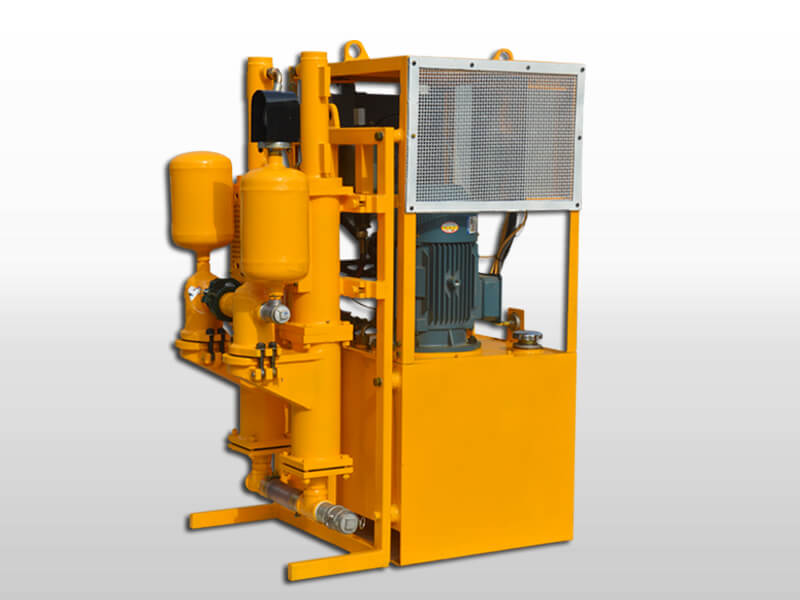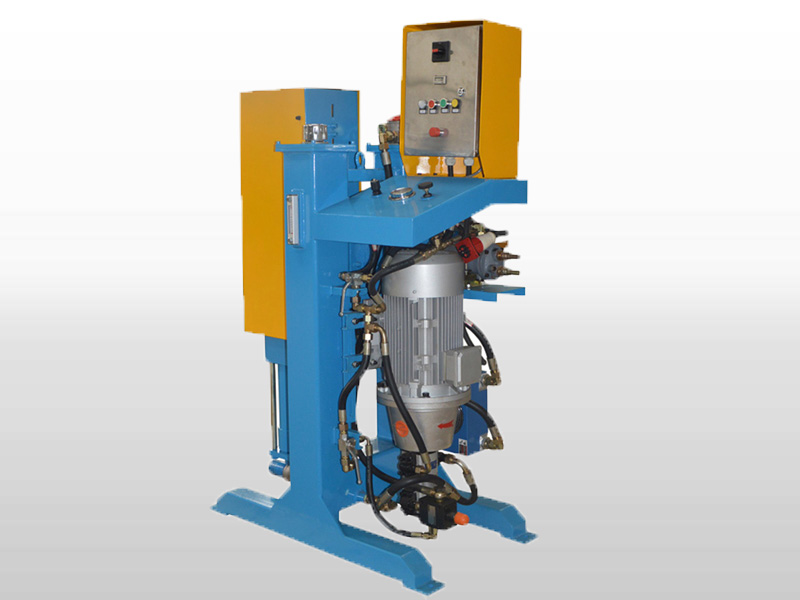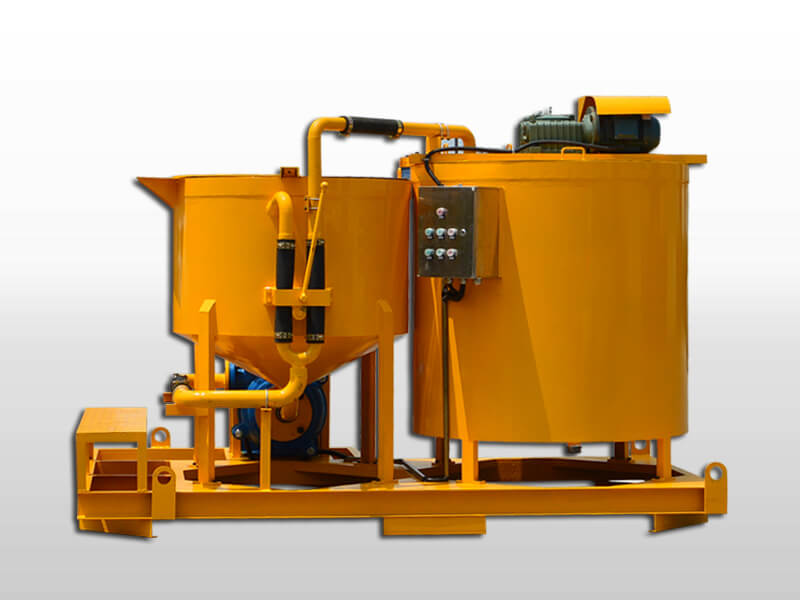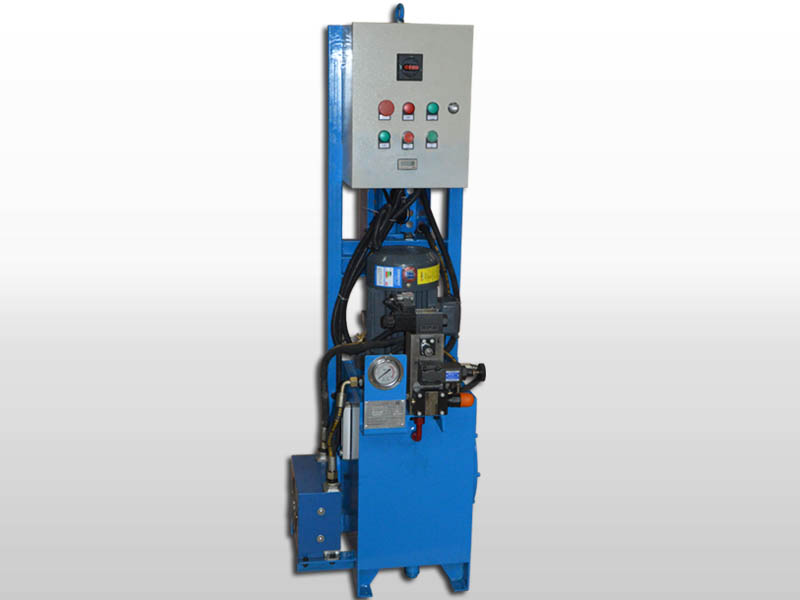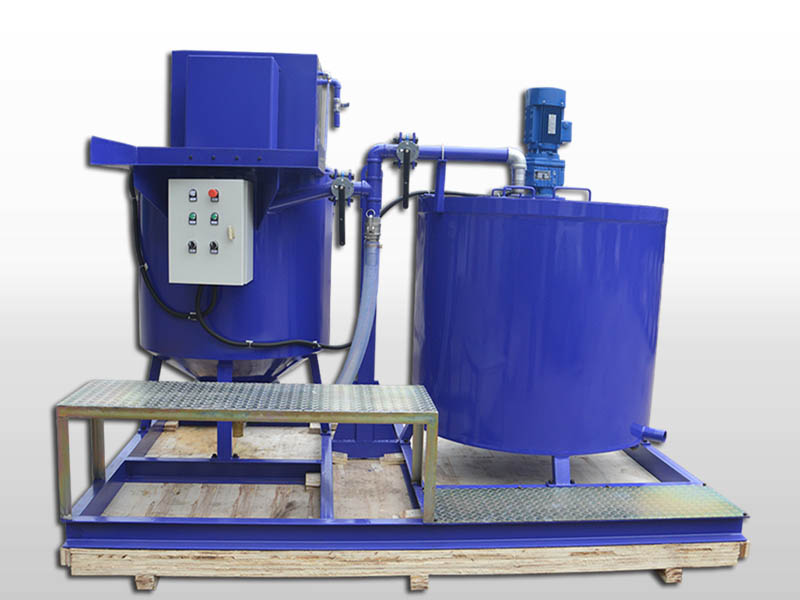energy efficient operation of grout pump drives in a cement
Placing and Finishing Concrete – cement.org
Best Practice Guide Pumping Systems Business benefits of efficient pumping systems 6 When selecting a new pump, due consideration should be given to the pump life cycle cost (LCC), including maintenance, energy and initial costs. A quality, reliable, well-built pump that is efficient …
Radiant Cooling | Department of Energy
Mixing, transporting, and handling of concrete should be carefully coordinated with placing and finishing operations. Concrete should not be deposited more rapidly than it can be spread, struck off, consolidated, and bullfloated and deposited continuously as near as possible to its final position.
How Does A Concrete Pump Truck Work? Learn How …
50%. No motors, drives or screws required. Conveying velocity considerably reduced. Pipe wear reduced. Silo dust filters reduced in size. Cyclones eliminated. Based on technology widely used throughout the world since 1977. Suitable for cement, dry mortar mix, fly ash, gypsum and other building products. Cement & Building Materials Conveying
The diesel or electric dilemma – World Pumps
Radiant cooling systems have been embedded in the ceilings of adobe homes, taking advantage of the thermal mass to provide a steady cooling effect. Homes built on concrete slabs are prime candidates for radiant heating systems , and radiant floor cooling takes advantage of …
Safety and Stability of the concrete pump during operation is provided by the front and back outriggers. Controls for the outriggers are located on the sides of the concrete pump truck. I hope this helps clear up any questions you may have had about HOW DOES A CONCRETE PUMP TRUCK WORK.
Mar 05, 2009· The centrifugal pump ends can be of a self-priming type, having a limit of maximum pump efficiency of as low as 45%, or are normal end-suction models. These can be divided into two types: ‘normal’ efficient dewatering pump ends with a Best Efficiency Point (BEP) maximum 50% and ‘high’ efficient pump ends, with a BEP of up to 85% or more.


